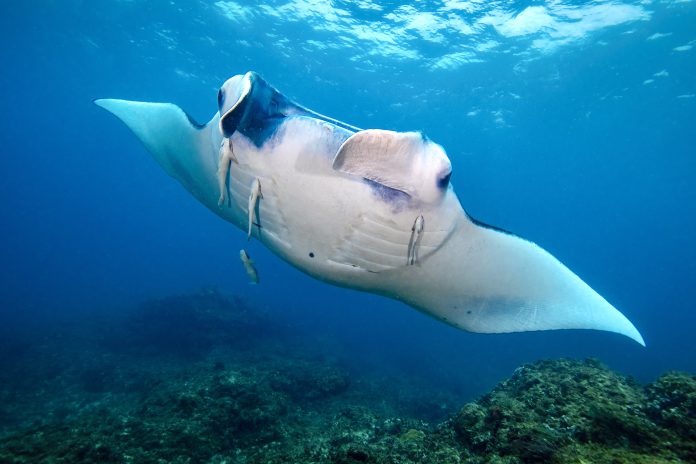
You can help all animals and our planet by choosing compassion on your plate and in your glass. #GoVeg
RELATED ARTICLES
Amazon Faces Growing Backlash Over Selling Cruel Donkey-Hide Gelatin Products
Animal welfare advocates representing millions of people around the world gathered at Amazon HQ2 to hand-deliver over 370,000 petition signatures demanding that Amazon ban...
Man Charged With A Felony For Leaving His Dog Tied To A Fence During Hurricane Milton
A 23-year-old man has been charged with aggravated animal cruelty, a third-degree felony, after footage of his abandoned dog went viral just before Hurricane...
Colorado Officials Call Off Search For Wolf Pup Left Behind After Copper Creek Pack Was Captured
A picture of the suspected fifth wolf pup of the Copper Creek pack. Photo by: Colorado Parks and Wildlife
Conservationists and wildlife advocates are outraged...
Popular stories
News
Veggie Grill Launches Summertime Plant-Based BBQ Kit Just In Time For Memorial Day
As America prepares to fire up the grill for Memorial Day, Veggie Grill, has launched a delicious Summertime Plant-Based BBQ Kit that comes complete with the brand's...
!! Coronavirus
WAN Exclusive: Wildlife SOS Calls On The Chinese Government To End The Use Of Bear Bile For COVID-19 & Traditional Chinese Medicine
While it is a widely accepted fact that the world pandemic known as COVID-19 (coronavirus) began in a wet market in Wuhan, China, WAN...
News
Court Rules That Craigslist Puppy Sellers Neglected Animals & Defrauded Families Banning Traffickers From Selling Dogs Again
Photos By Animal Legal Defense Fund
Following a week-long trial in 2022, a Los Angeles Superior Court Judge issued a decision finding that Craigslist puppy...


